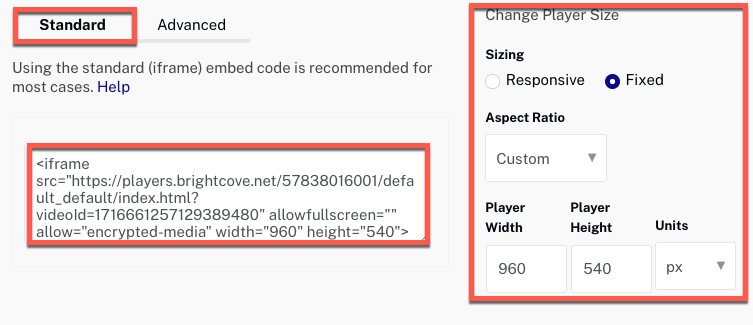

You can clear the checkbox before any occurrence where you do not want the renaming to take place. The Preview Changes dialog box shown in Figure 3 presents all the places in the assembly, across files, when the type Form1 is present. Supply ClientForm for the new form name and click OK. This will bring up the Rename dialog box shown in Figure 2 where you can preview the changes (always a good idea), and instruct the refactoring tools to rename inside comments and strings as well. Figure 1: The Refactor pop-up context menu. from the Refactor menu, as shown in Figure 1.
#Mypublisher code code
For example, to rename the type Form1 to ClientForm, right-click anywhere in your code where type Form1 is present (in its definition or places it is being used), and select Rename. NET menu, or you can Select from the pop-up context menu. You can invoke refactoring in two ways: you can select Refactor from the top level Visual Studio. That is, when renaming a method, you will get the option to change the name of that particular version of the method (in its definition and all its call sites), or all overloaded versions of that method.

Intelligently means that the refactoring tool will distinguish between literal names and words in comments, and different versions of an overloaded method. You can use refactoring to intelligently rename a variable, parameter, method, or a type.

But for now, here are the refactoring features of Visual C# 2.0. NET and other enterprise development tools from Microsoft will provide these and other advanced features. Refactoring could enforce compliance with a coding standard and propagate changes across a set of interacting assemblies. For example, a refactoring engine could analyze your code for similar code sections that could be factored into a separate method, perhaps with different parameter values. More advanced forms or refactoring are also possible. Note that in this upcoming version, reformatting changes are limited to an assembly, and do not propagate to client assemblies, even in the same solution. This is what Visual C# 2.0 reformatting supports, and it is the subject of this article. In its simplest form, refactoring can rename types, variables, methods, or parameters, extract a method out of a code section (and insert a method call instead), extract an interface out of a set of methods the type already implements, encapsulate type members in properties, automate many formatting tasks and auto-expand common statements.
#Mypublisher code update
Refactoring may or may not change the public interface of a type?it is at the discretion of the developer whether the changes made should be limited to the internals of a single component or it should trigger a massive update of all the clients as well. Tool-based refactoring relies heavily on the complier and its ability to discern and keep track of various symbols in the code.
#Mypublisher code manual
Tool-based refactoring can automate much of the manual process, making developers more productive and the resulting code base of higher quality. This manual process, while essential, is somewhat error-prone because it allows for mistakes, and it does not automatically enforce any standard. Code refactoring allows you to change the code structure, without changing or affecting what the code itself actually does.Īs a result, once you've laid out the initial code structure, many developers spend a lot of effort manually polishing it, pruning and grooming variables, methods, and interfaces. Eliminating blocks of repeated code by factoring it into a method increase quality because you only need to fix a defect in a single place. Allocation of interfaces to components is key to modular development and reuse. Cohesive interface definitions enables interface reuse in other contexts. Member variables encapsulation decouples clients from servers. Elements such as proper variable names, naming conventions, a consistent look and feel to statements, code format, and style enable readability by any developer, not just the one who wrote the code. Perhaps the single most important contributor to the long term maintainability of an application is how well laid-out and structured the code base is. This article provides a preview of Visual C# 2.0 code refactoring, to be released with the next version of Visual Studio. The main difference between C# 2.0 refactoring and a mere edit or find-and-replace is that you can harness the intelligence of the compiler to distinguish between code and comments, and so on. For example, changing a variable name or packaging a few lines of code into a method are code refactoring. The next version of C# will feature a code refactoring engine built into the Visual Studio environment.Ī term coined by Martin Fowler, code refactoring allows you to change the code structure without changing or affecting what the code itself actually does.


 0 kommentar(er)
0 kommentar(er)
